Conclusion
Pros
- Extremely compact and lightweight body
- Very comfortable grip and excellent ergonomics for a small body
- Compatible with Canon’s excellent EG-E1 for even better ergonomics
- Very customizable interface with a bevvy of programmable buttons and modes
- Clear and bright fully articulated rear screen
- EVF has good refresh rate and reasonable size.
- Outstanding autofocus, with exceptional subject tracking and eye-detection for animals and people
- Excellent performance, especially for a budget body – up to 40 fps with a reasonable buffer
- RAW Burst mode allows for capturing action before you’ve pressed the shutter button
- Good Wi-Fi options and feature set
- Focus bracketing works very well and creates in-camera focus stacked images even hand-held.
- Full featured set of shooting modes, including exposure bracketing, intervalometer, bulb timer, and so on.
- Include’s high-frequency anti-flicker to eliminate banding under artificial lighting.
- Electronic shutter can now shoot at long exposures, including bulb.
- Excellent dynamic range and color response
- Low noise, even at high ISO
- Excellent value given the image quality and feature set
Cons
- No autofocus joystick or rear dial reduces speed of focus and settings changes from other R series cameras
- No in-body image stabilization
- Shutter mechanism lacks full mechanical shutter: only electronic first curtain shutter (EFCS) or full electronic
- EVF is low resolution for 2023 at just 2.36 million dots.
- Burst rate with EFCS is limited to 6 frames per second.
- RAW Burst mode post-processing workflow is convoluted, time consuming and confusing.
- Battery life is about half that of the R6 Mark II, with the small LP-E17 battery.
- Can’t save settings to the SD card for backup
- Single card slot
The Canon EOS R8 enters Canon’s mirrorless lineup in an interesting position. It’s priced slightly higher than some budget full-frame bodies, but a bit less than the typical mid-range body. The $1,499 price point hits an outstanding sweet spot for a lot of people, and in my opinion the R8 punches above its price point for what you get.
The R8 is, in a lot of ways, simply an R6 Mark II put into the body of the old EOS RP. This has some downsides, like the loss of in-body stabilization, a lower resolution EVF and a simpler shutter mechanism. It also is a smaller body, which can be good for portability and comfort, but also forces the removal of a few direct controls and the use of a smaller battery. However, the R8 is not a crippled camera to hit a price point. It includes the same outstanding sensor as the R6 Mark II, the same 40 frames per second burst rate, a smaller, but still quite large buffer, and almost the entire feature set of the R6 Mark II, despite costing 40% less.
The R8 is a little powerhouse, and I absolutely love shooting with this camera. The ergonomics are excellent, and the exceptional feature set and truly outstanding autofocus system make this a camera that can do almost anything and do it well, without breaking the bank. I bought it to be a backup for my R5, but since I replaced my RP with the R8, I’ve reached for the R8 at least as often as I reach for the R5. It’s an eminently capable camera and a truly great value.
Image Samples
Click on an image to enlarge:


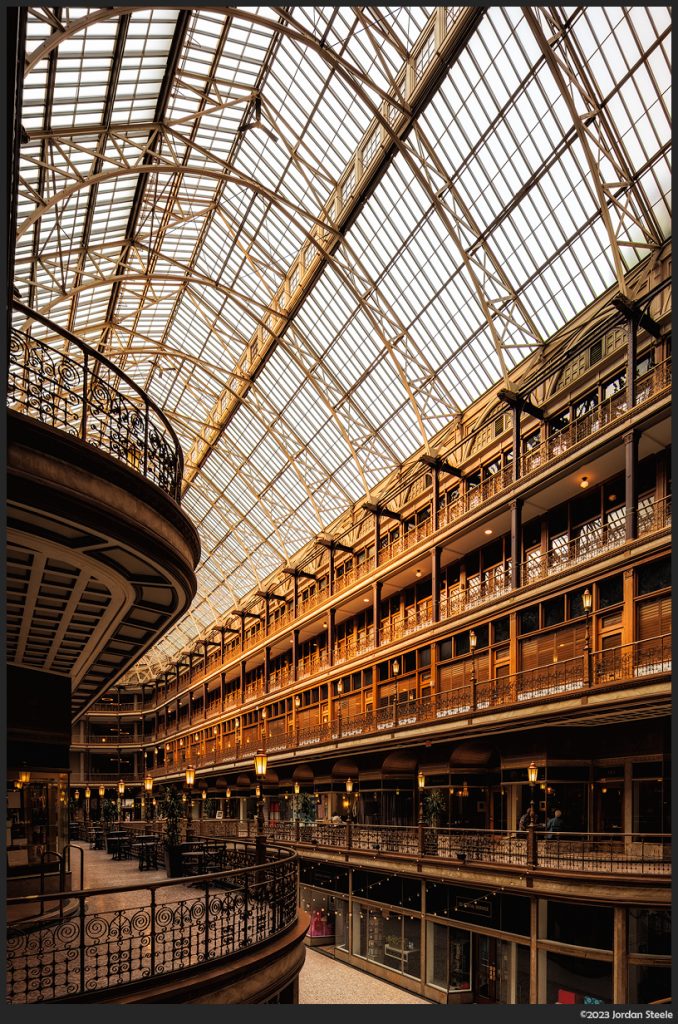
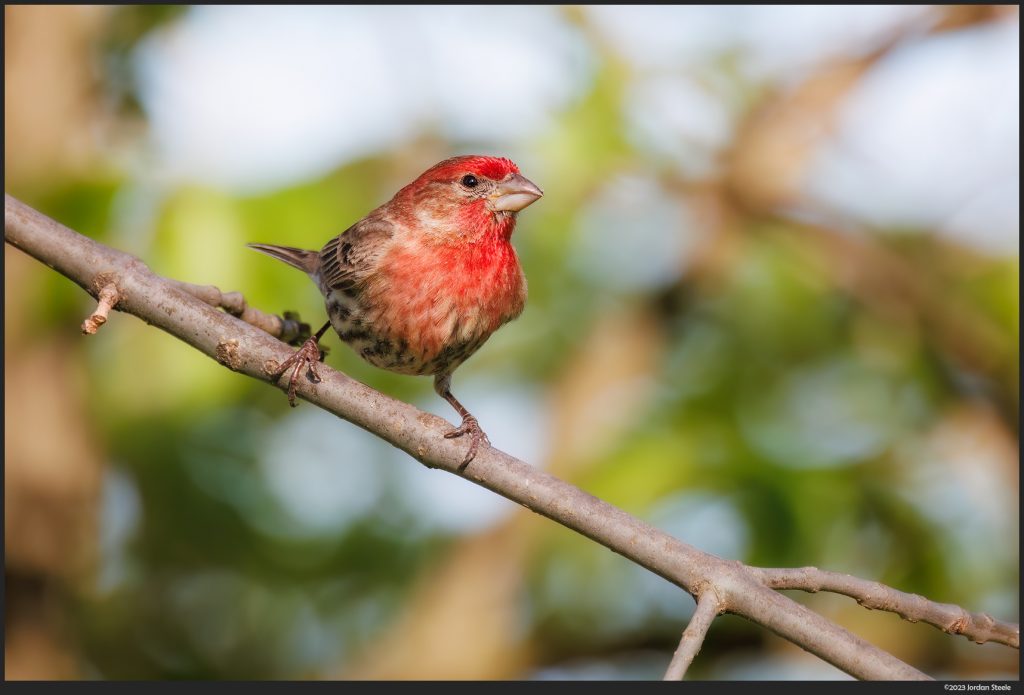
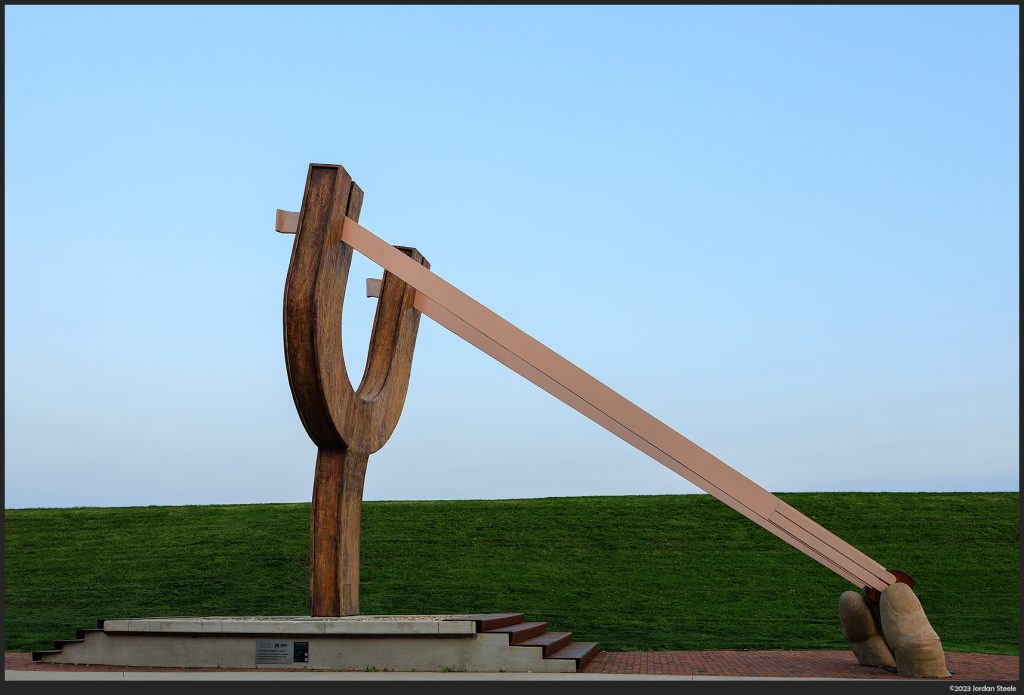

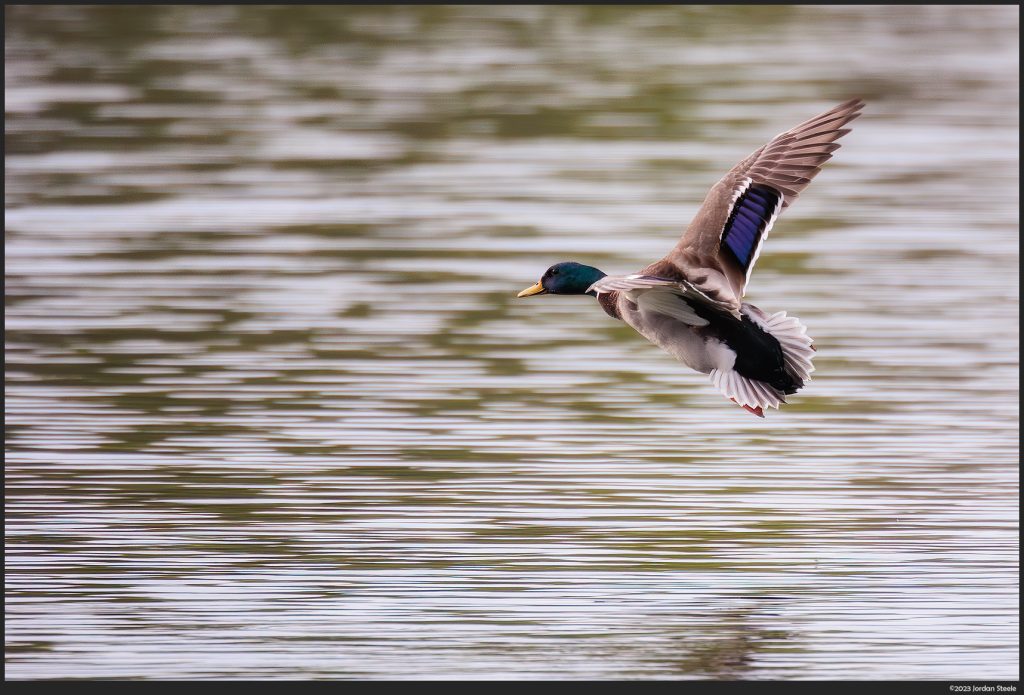
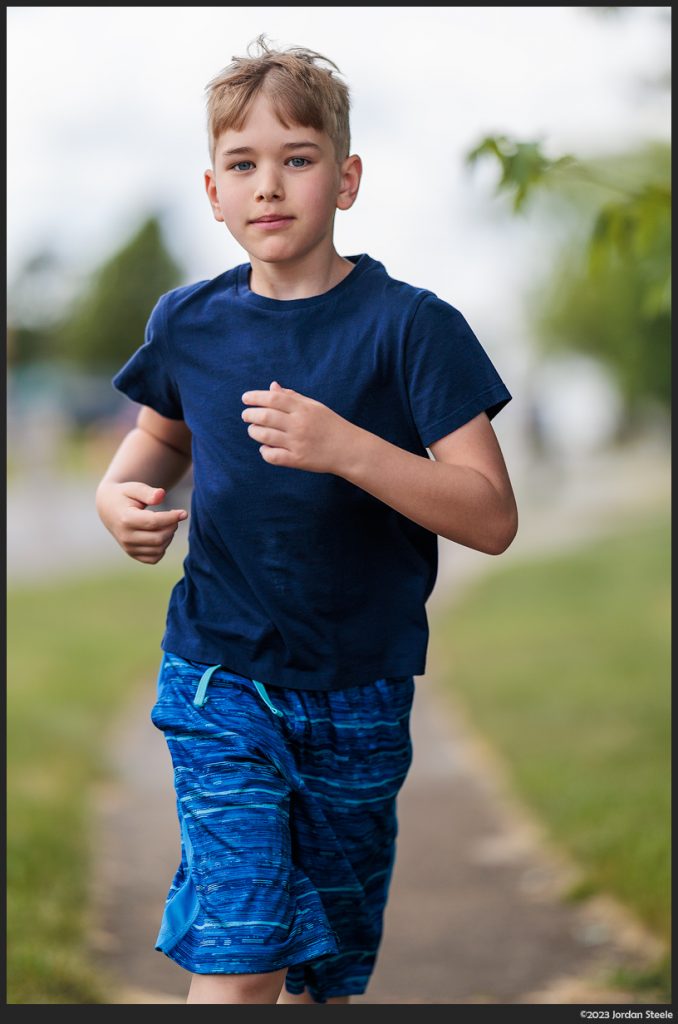
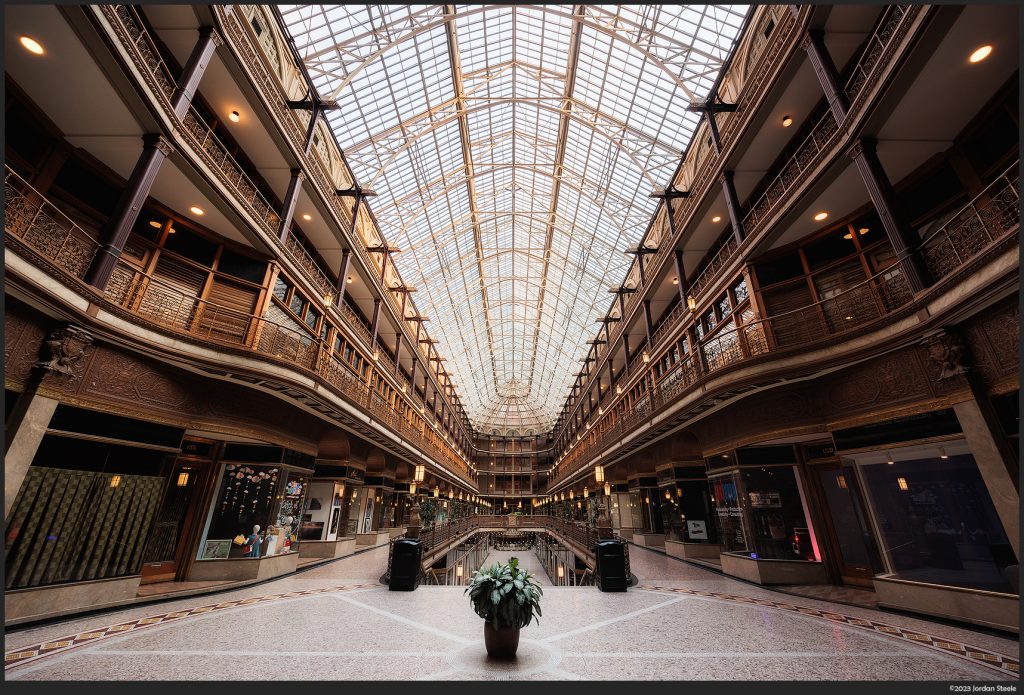
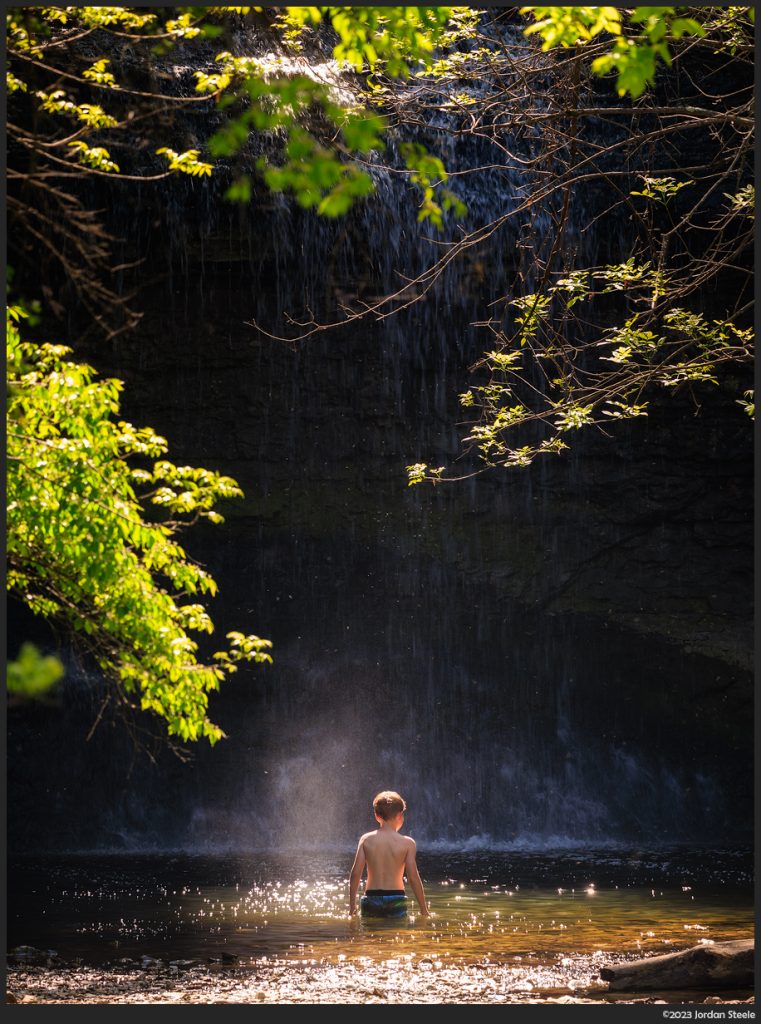
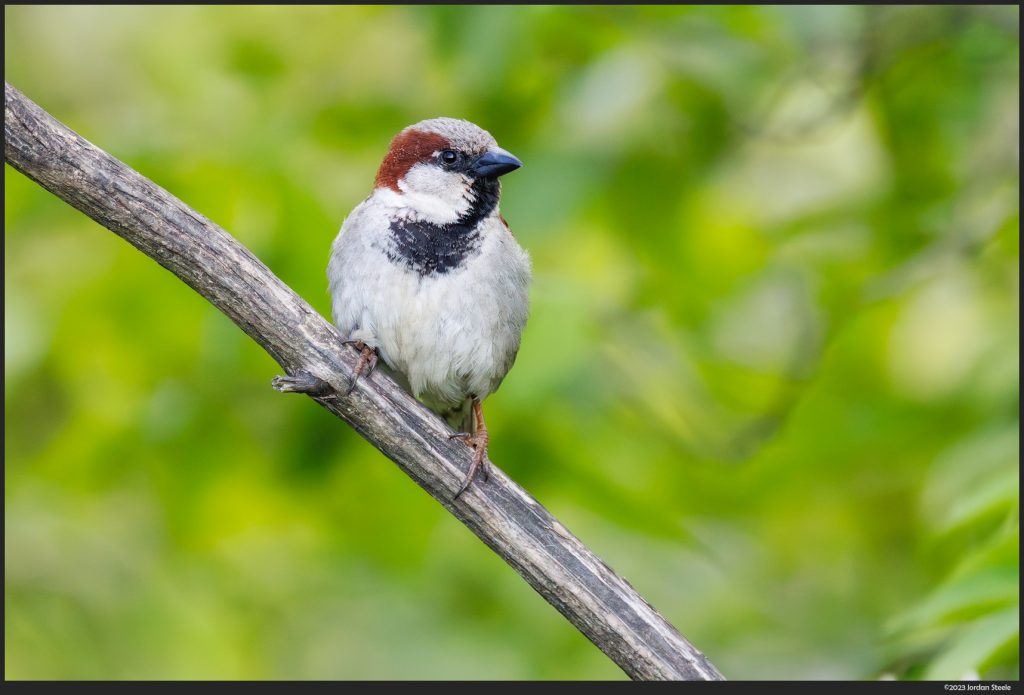
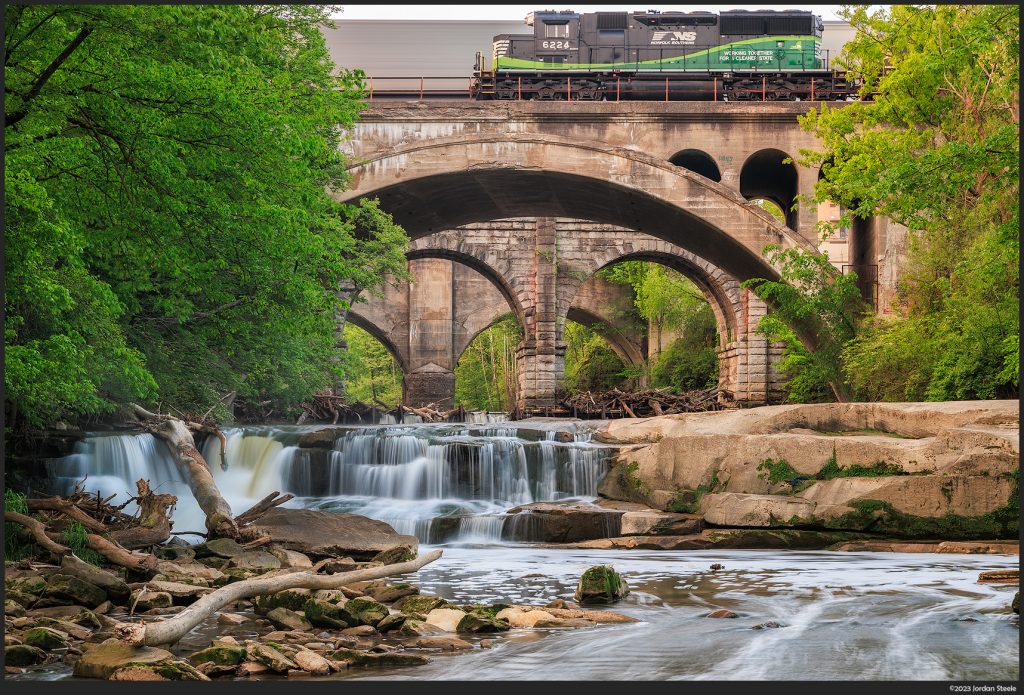




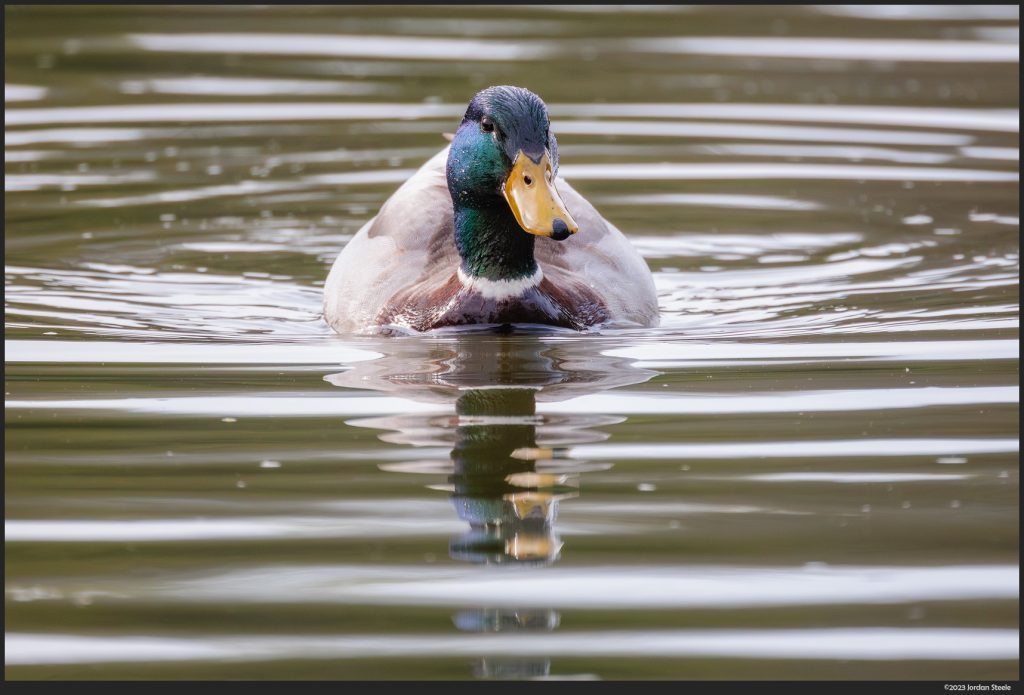

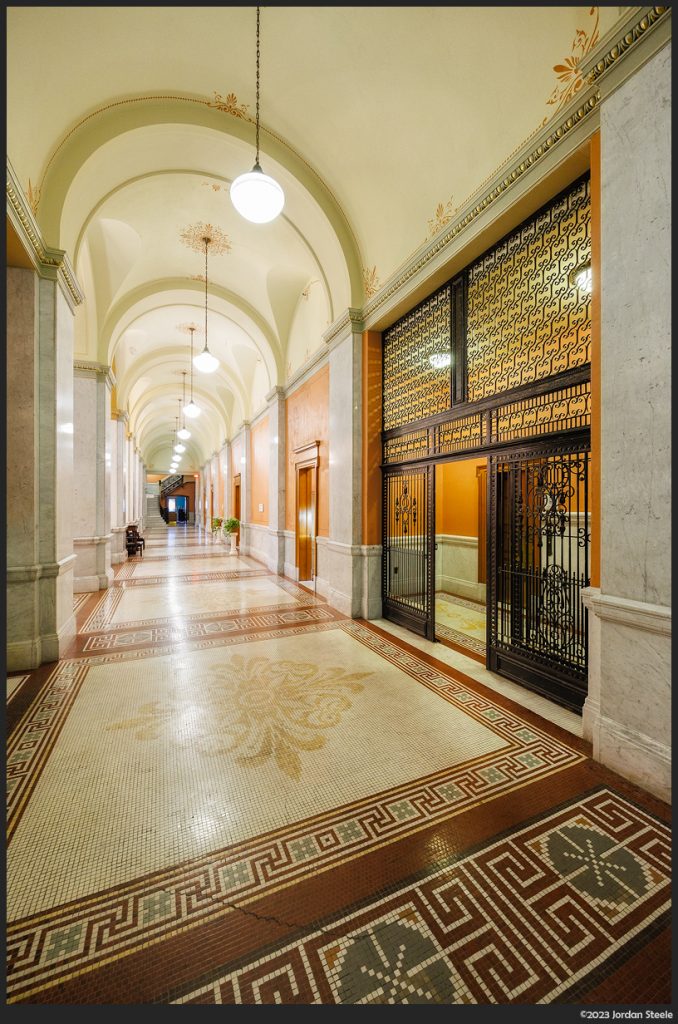





Leave a Reply